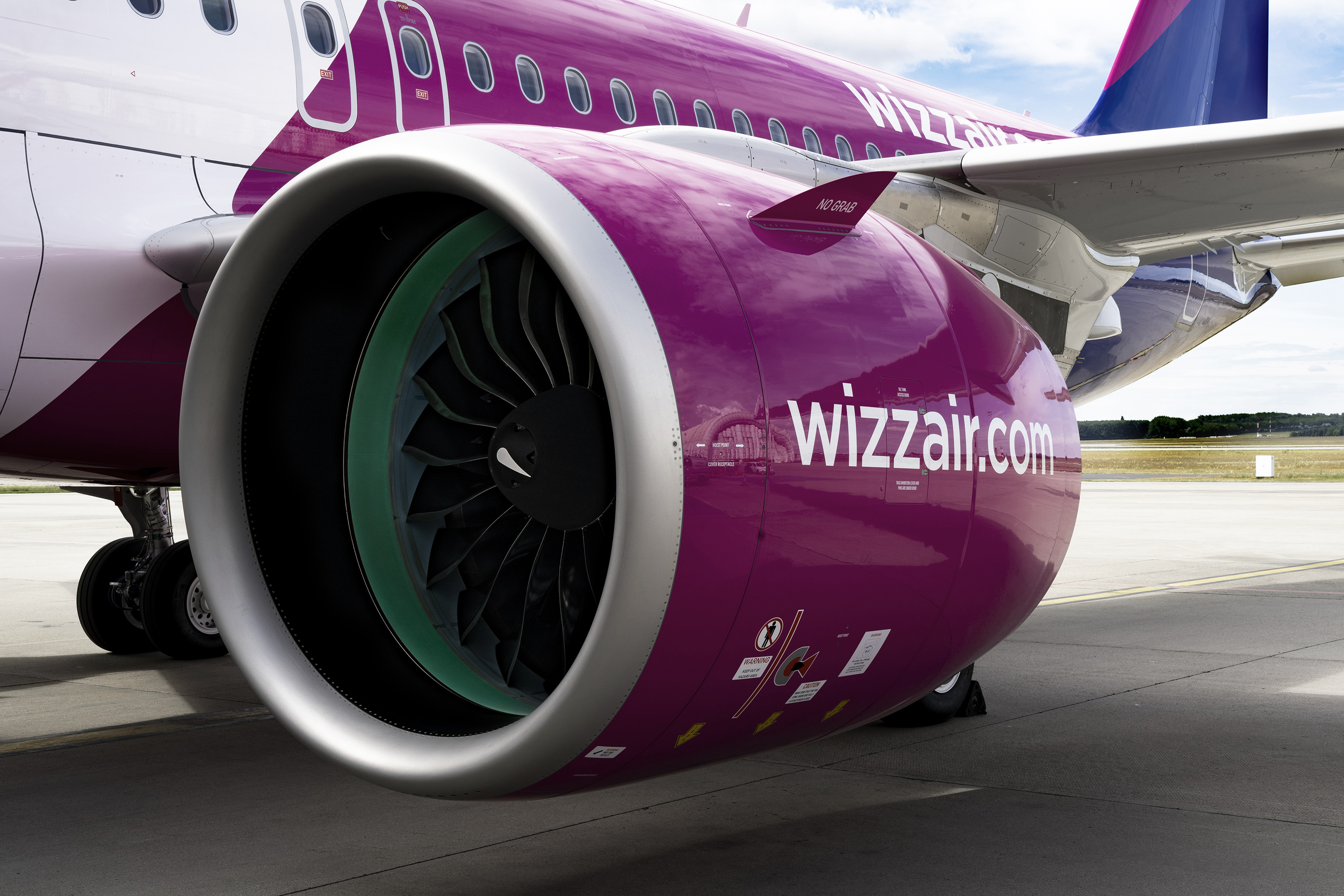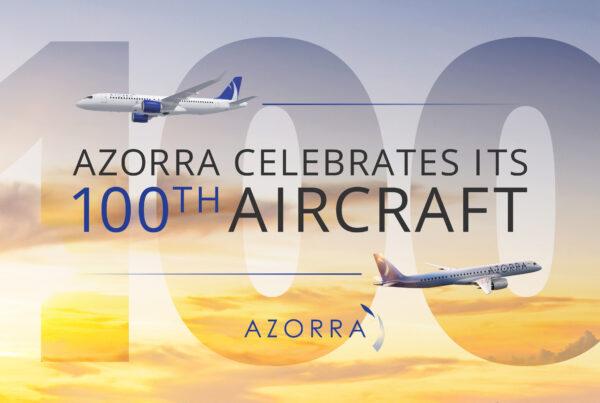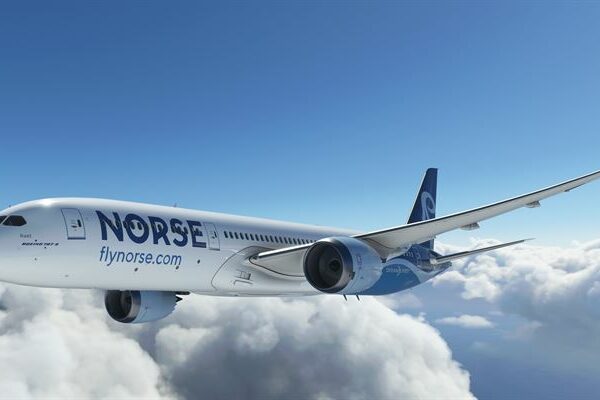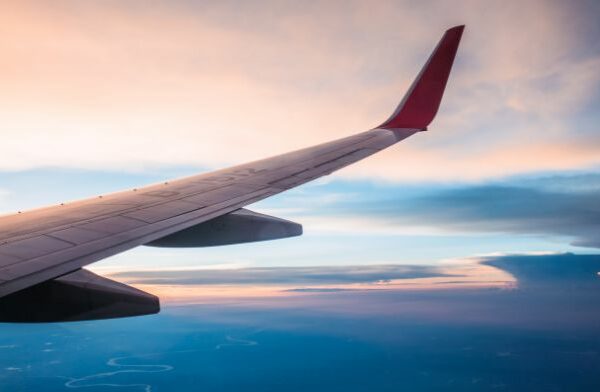Wizz Air has announced ten new fuel saving initiatives as part of its continued commitment to cut carbon emissions by a further 33% by 2030. The airline has already implemented 25 fuel saving initiatives over the past few years, and is now focusing on new solutions, such as developing a model for estimating zero fuel weight, removing unnecessary extra fuel through the optimisation of its flight planning system and the introduction of more precise performance factors for highly accurate fuel burn predictions. Further operational optimisations in flap configuration will also be an ongoing focal point, with Wizz Air currently being an industry frontrunner in the use of reduced flaps for landing.
In a drive to improve fuel burn efficiency, Wizz Air encourages pilots to use reduced flap configurations for both take-off and landing, which has been shown to result in considerable savings in fuel consumption. This is because the lower the flap setting during ascent and descent, the lower the drag, which results in less fuel burnt. Statistics on reduced flap landings are promising, with an estimated 2,000 tonnes of fuel saved, eliminating approximately 6,000 tonnes of carbon dioxide a year from the air.
In a recent analysis of flight data performed by Airbus, Wizz Air was leading the industry in terms of reduced flap configuration for landings compared to other airlines. Taking into account flight conditions and safety margins, reducing flaps for landing use saves around 15kg of fuel per approach. Over a year, this would mean creating savings of carbon dioxide equivalent to 92,300 cars driving from London to Edinburgh.
Heiko Holm, Chief Operations Officer at Wizz Air said: “We are proud to have the lowest CO2 emissions per passenger/kilometre amongst European airlines and are committed to reducing our environmental footprint further. Every take-off and landing is an opportunity to save fuel and every flight phase is reviewed for the smallest optimisation, having a significant impact on carbon emissions.”










